COMPARISION: INEQUALITY
Publicado el 08-07-2015
Similarity
To say that people, things or actions are similar in a way, we can use as and like. Adverbs such as too, also and as well can also be used.
She looks just like her mother.
He fought like a lion.
He fought as a lion does.
The papers were late and the post was too.
FUTURE TENSE USING GOING TO
Publicado el 08-07-2015
COMPARISONS OF EQUALITY
Publicado el 08-07-2015
When we talk about equal quality, we use the structure: as + adjective + as:
John is as tall as Mary.
I'm not as intelligent as she is.
The boys didn't do the exam as well as the girls (did).
COMPARATIVES ADJECTIVES 2
Publicado el 08-07-2015
We use the comparative form to compare and contrast different objects or people in English. Use the comparative form to show the difference between two objects or people and we use THAN before what or who we are comparing to.
ADVERBS OF TIME
Publicado el 08-07-2015
Adverbs of time use when talking about events in the past, we normally make reference to the sequence of the events.
COMPARATIVE ADJECTIVES
Publicado el 07-07-2015
We use comparatives to compare people, animals, objects or places.
Rodrigo is older than Josue
Rebeca is taller than Jazmin
Roberto is shorter than Ulises
COMPARISONS
Publicado el 07-07-2015
Adjectives
These are words that help us to describe the subject we are referring to.
SIGUE INSTRUCCIONES Y COMPRENDE REGLAMENTOS
Publicado el 06-07-2015
“COME HERE! “
“SIT!”
“FETCH!”
SIMPLE FUTURE 3
Publicado el 02-07-2015
Shall is not usually used in statements.
It only appears in the first person ( with I and We) in questions.


 Going to future expresses a conclusion regarding the immediate future or an action in the near future that has already been planned or prepared.
Going to future expresses a conclusion regarding the immediate future or an action in the near future that has already been planned or prepared.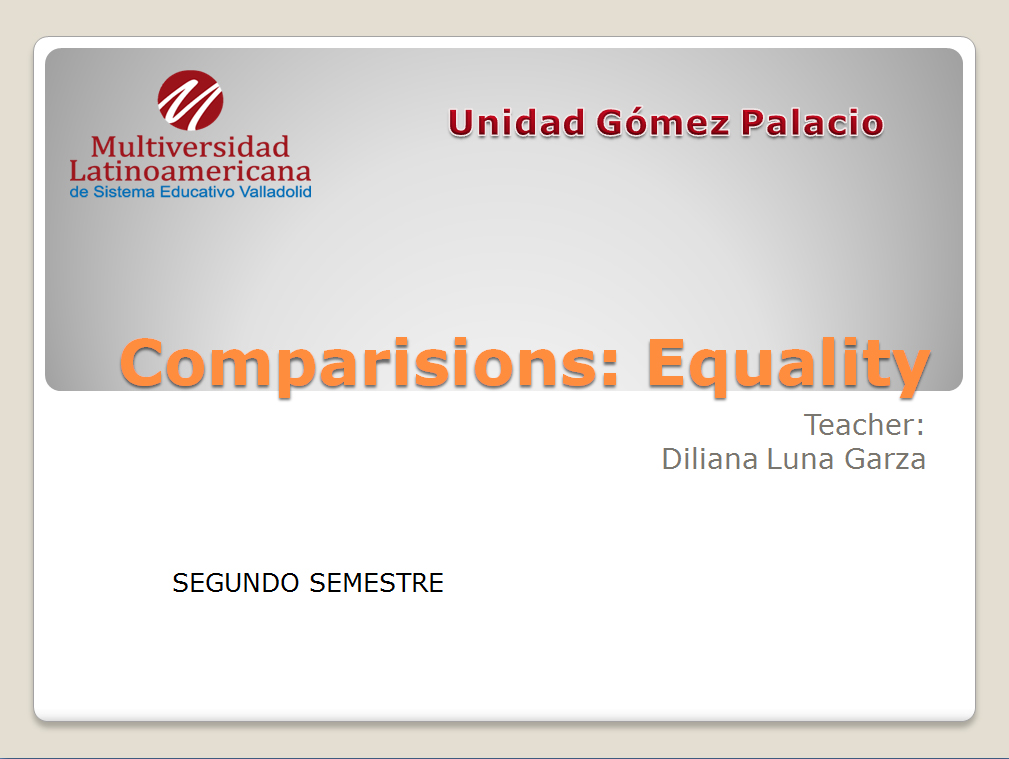 Comparisons of equality.
Comparisons of equality.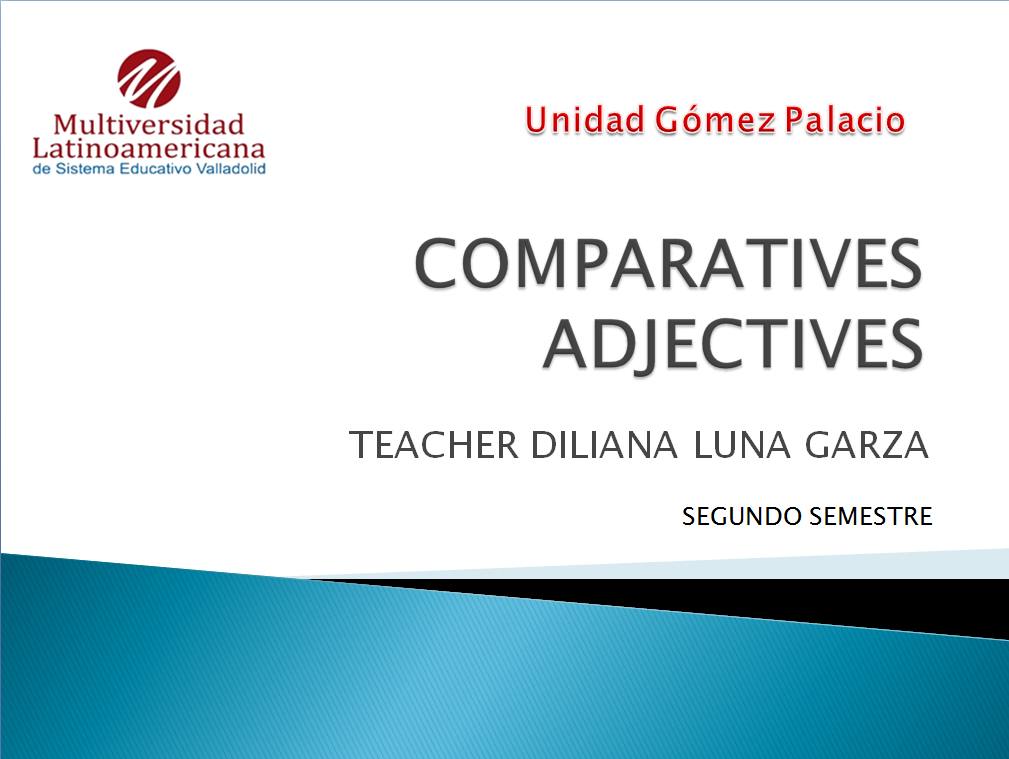
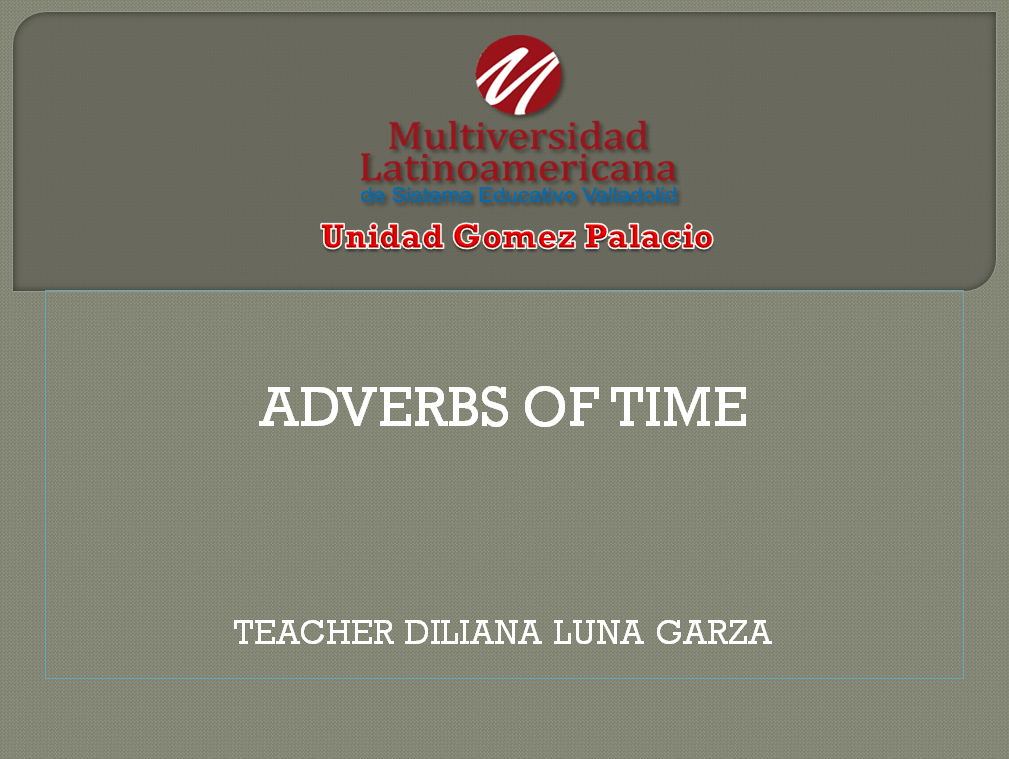
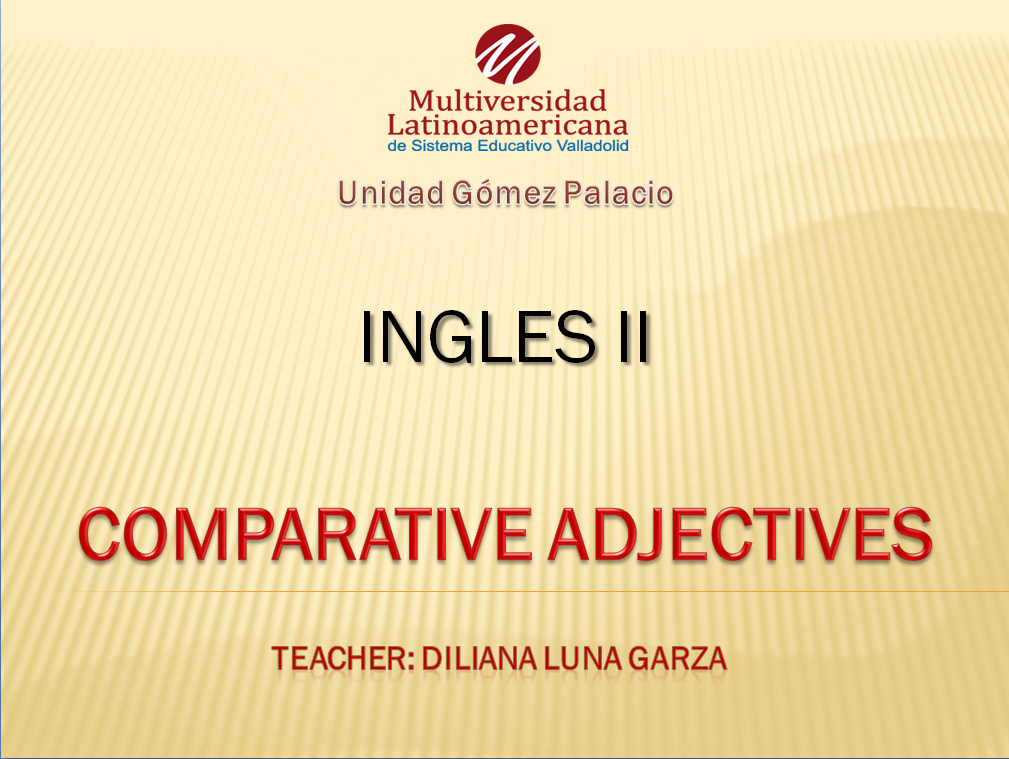
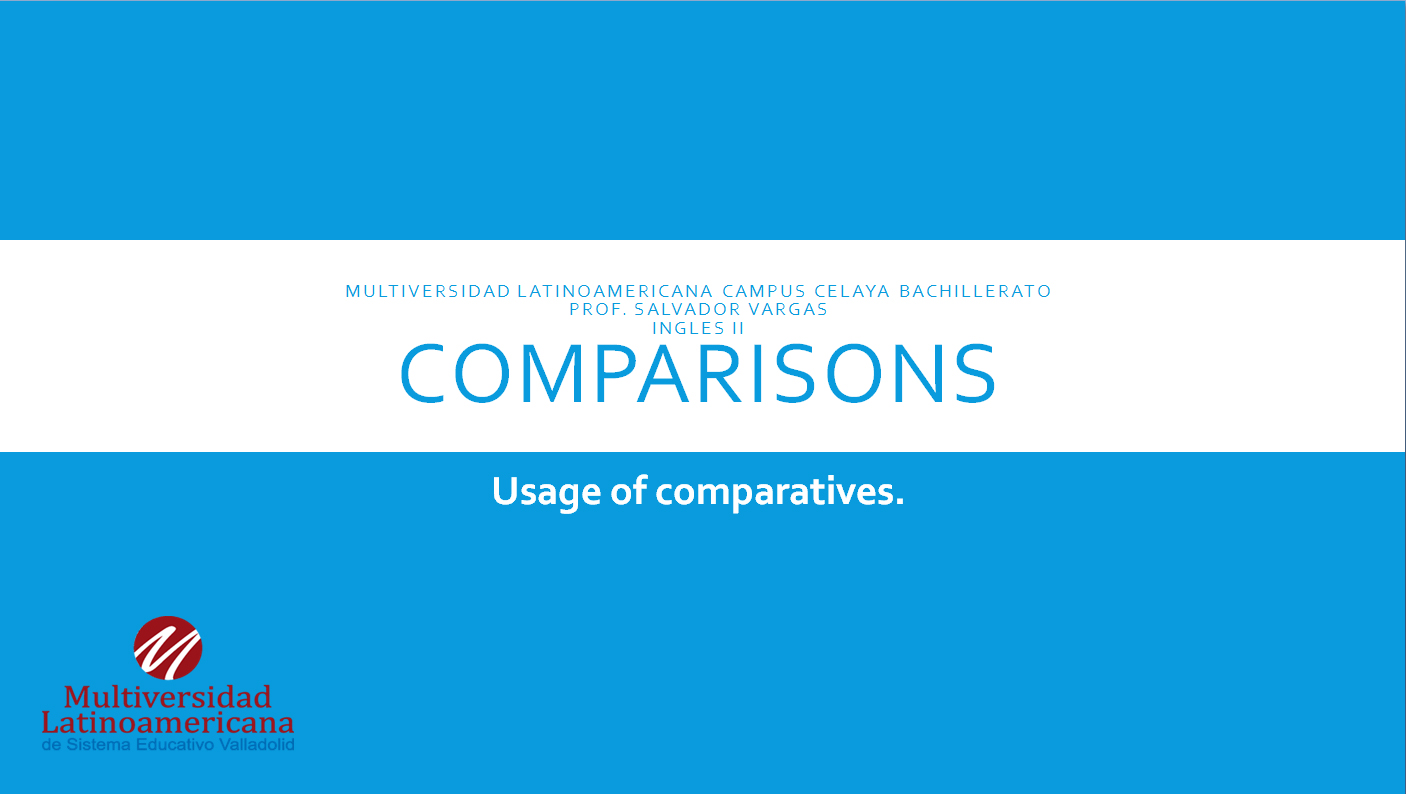
 Adults do not usually give each other orders, unless they are in a position of authority, examples;
Adults do not usually give each other orders, unless they are in a position of authority, examples;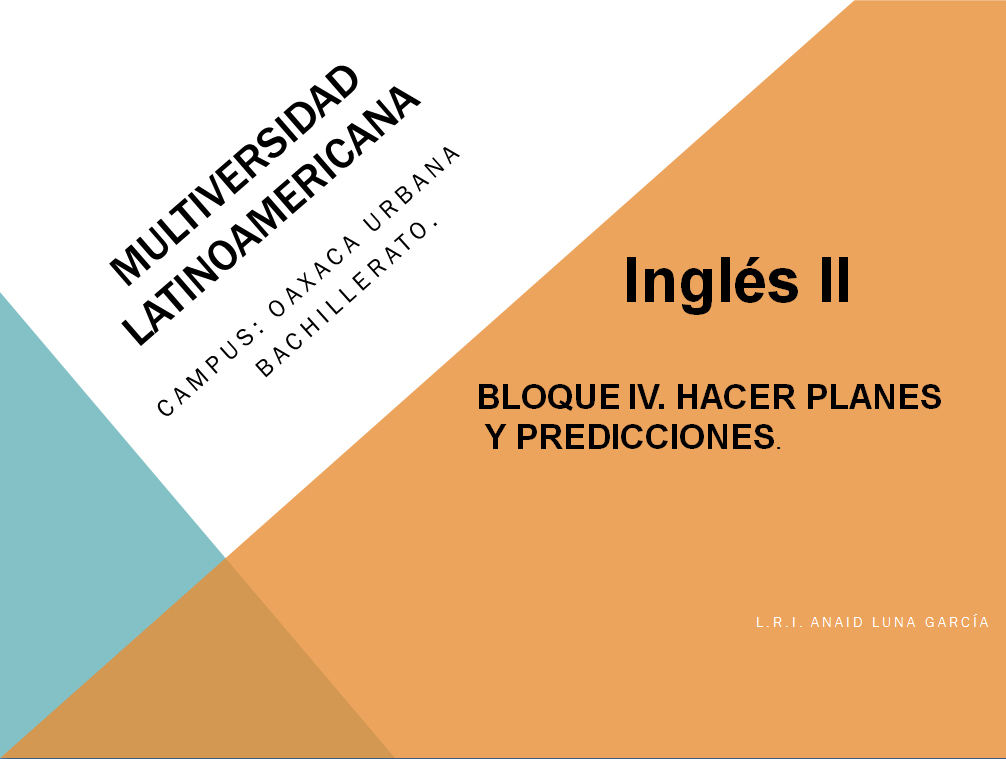 Nouns Adjetives
Nouns Adjetives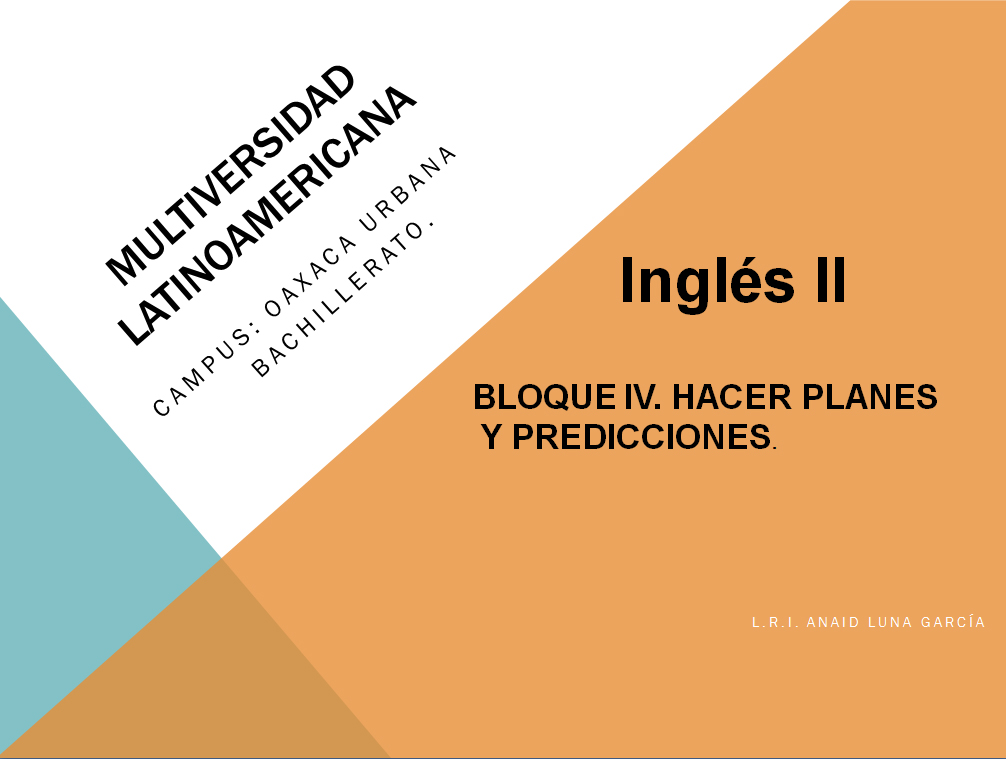 Modal verb shall.
Modal verb shall.





